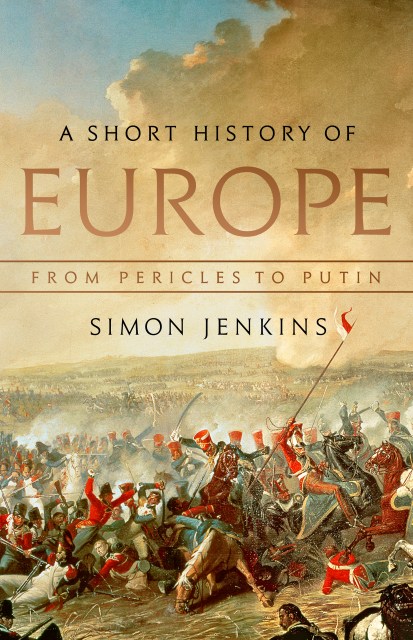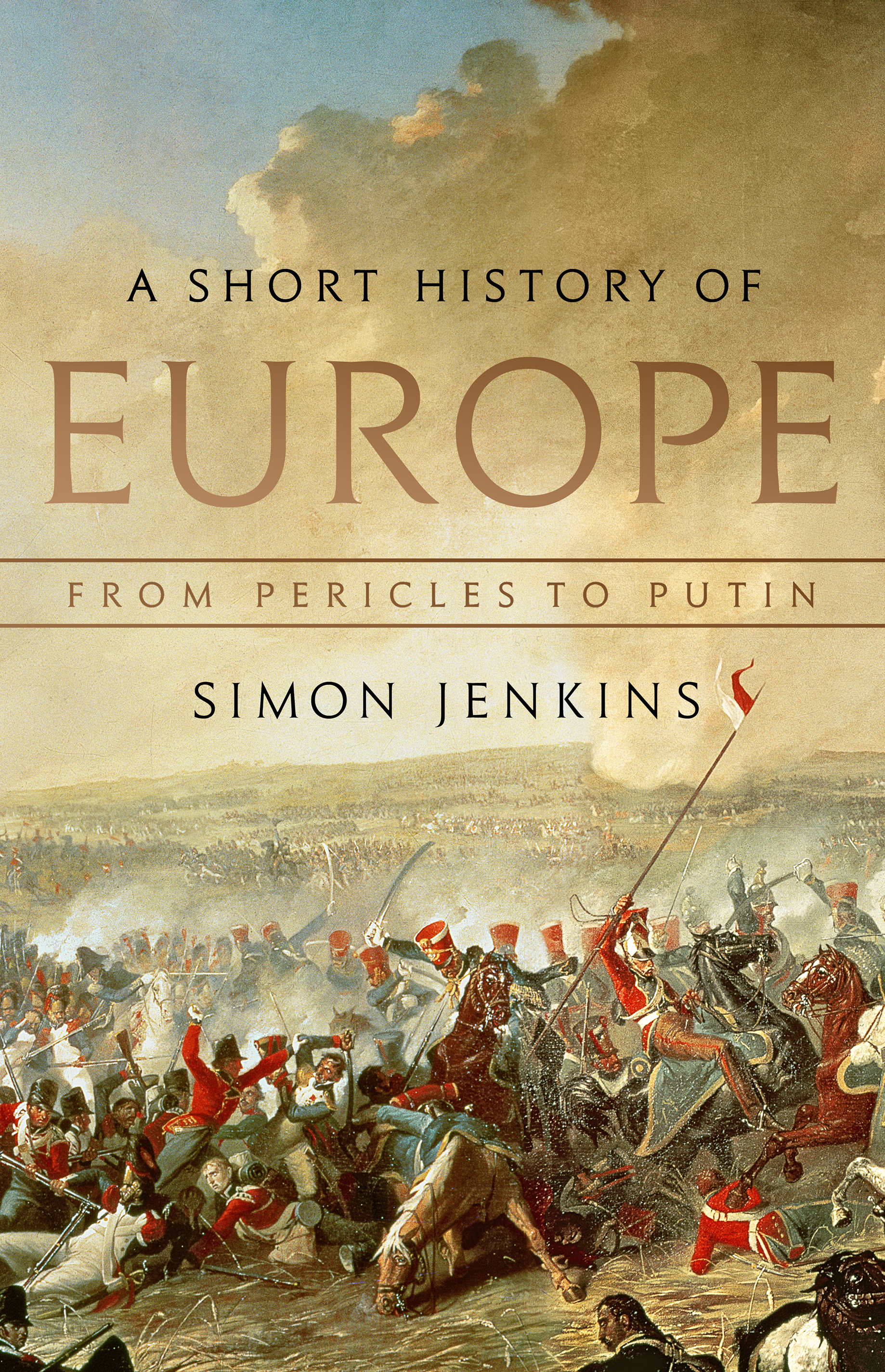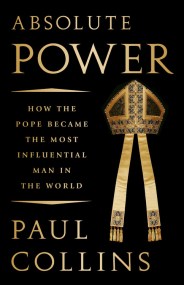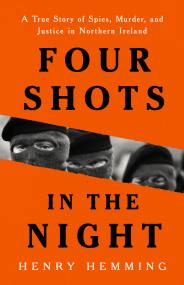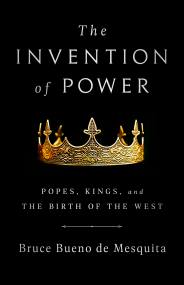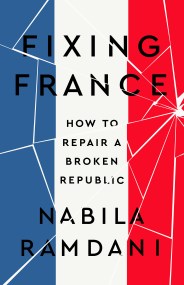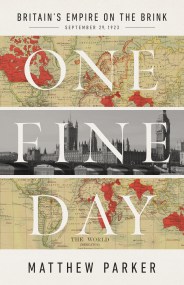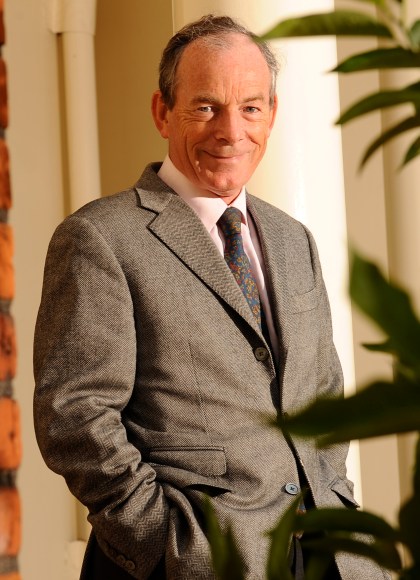Promotion
Use code MOM24 for 20% off site wide + free shipping over $45
A Short History of Europe
From Pericles to Putin
Contributors
Formats and Prices
Price
$12.99Format
Format:
- ebook $12.99
- Hardcover $38.00
This item is a preorder. Your payment method will be charged immediately, and the product is expected to ship on or around March 5, 2019. This date is subject to change due to shipping delays beyond our control.
Also available from:
In just a few hundred years, a modest peninsula off the northwest corner of Asia has seen the rise and fall of several empires; served as the crucible for scientific dynamism, cultural innovation, and economic revolution; and witnessed cataclysms and bloodshed that have almost destroyed it several times over. This is Europe: a continent whose identity emerged not so much by virtue of geographic or ethnic continuity, but by a long and storied struggle for power.
Studded with infamous figures–from Caesar to Charlemagne and Machiavelli to Marx–Simon Jenkins’s history of Europe travels briskly from the Roman Empire, the Dark Ages, and the Reformation through the French Revolution, the World Wars, and the fall of the USSR. What emerges in this thrilling and expansive telling is a continent as defined by its continually clashing cultural identities and violent crises as it is by its tireless drive for a society based on the consent of the governed — which holds true right up to the present day.
Genre:
- On Sale
- Mar 5, 2019
- Page Count
- 400 pages
- Publisher
- PublicAffairs
- ISBN-13
- 9781541788534
Newsletter Signup
By clicking ‘Sign Up,’ I acknowledge that I have read and agree to Hachette Book Group’s Privacy Policy and Terms of Use
